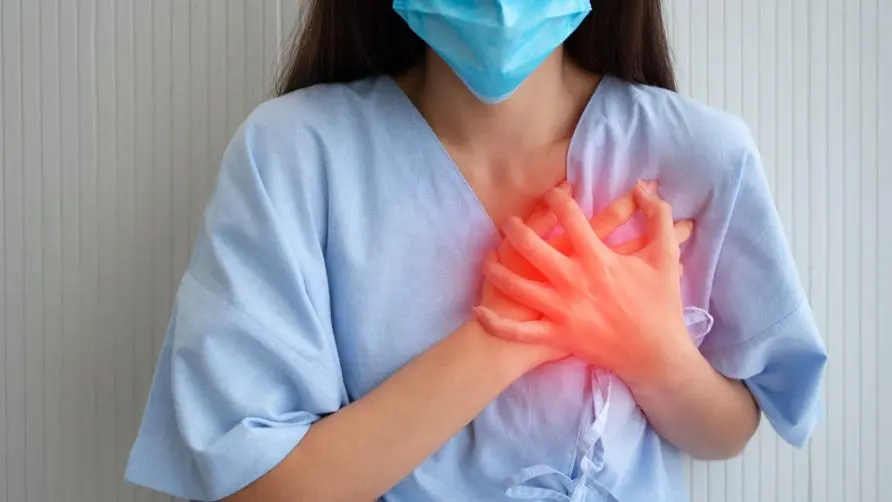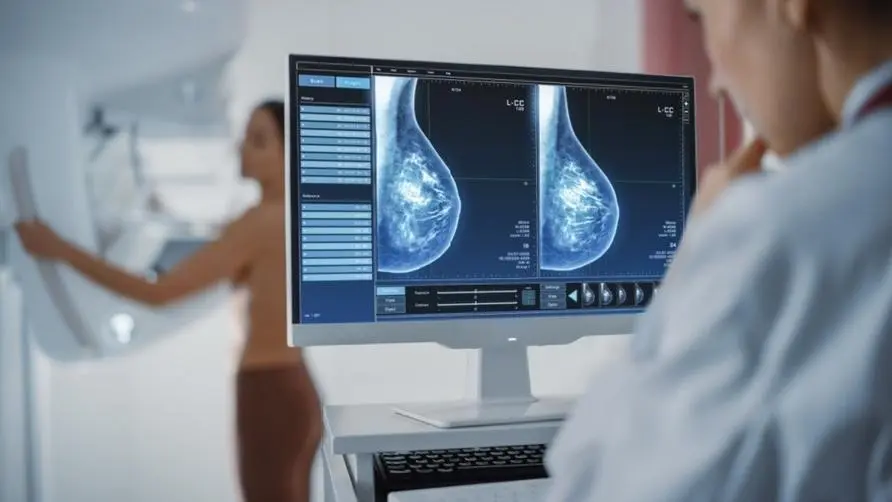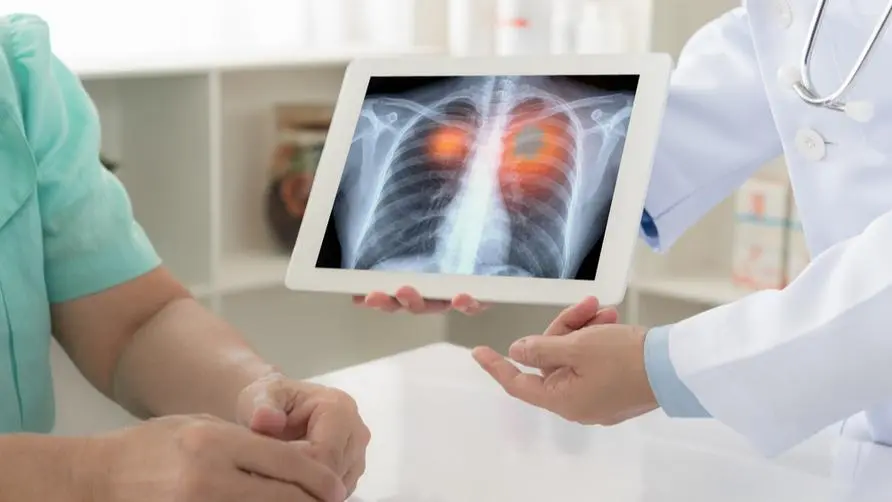Breast cancer patients should beware of recurrence when encountering "4 conditions"! Doctors urge early adoption of "this treatment" to reduce risk by 30%

The incidence rate of breast cancer is the highest among all cancers! There is an upward trend in young patients
According to the 2019 cancer registration data, 88.9 people per 100,000 people in Taiwan suffer from breast cancer, making it the most common cancer. Breast cancer is often among the top ten cancers among Taiwanese women. Dr. Zeng Lingmin, director of the Department of Surgery at Taipei Veterans General Hospital, said that there are more than 10,000 new breast cancer patients in Taiwan every year, and early-stage patients account for 80%. Although the 5-year survival rate of early-stage breast cancer is as high as 90%, unpredictable recurrence is still a major concern for patients.
Dr. Zeng Lingmin said that the incidence rate of breast cancer ranks first among all cancers, as high as 80.99%, which is very different from the second-ranked colorectal cancer (42.94%); the number of patients in 2018 reached 14,856. The age of onset is approximately 45-64, with the median age being approximately 55 years old. In recent years, as public awareness of breast cancer screening has gradually increased, which has also contributed to the early detection of cancer cells, the number of young patients (30-49 years old) has also increased. There is an increasing trend.
High recurrence combined with “distant metastasis” may be fatal. Doctors urge women to pay attention to “4 major risk factors”
Dr. Zeng Lingmin explained that currently, most breast cancer diagnoses are detected at an early stage, accounting for about 80% of the total. There are many subtypes of breast cancer. Nearly 70% of patients are “hormone-positive” (HR+/HER2-) luminal A type and luminal B1 type; and the most difficult to cure “triple-negative breast cancer” accounts for about 10- 15%, HER2-positive people account for about 20-25%.
Among them, 20-40% of “hormone-positive” breast cancer patients who are “high risk of recurrence” will still encounter recurrence problems; more than 80% will be at risk of recurrence 5 years after surgery, and 30% will occur after surgery. There is a risk of recurrence within 2 years. Factors that affect the risk of early breast cancer recurrence include: tumor size ≥5 cm, tumor cell differentiation grade 3, Ki-67 index ≥20%, and infection of more than 4 lymph nodes.
Dr. Zeng Lingmin said that if patients with a high risk of recurrence relapse and have “distant metastasis”, such as invasion to the bones, lungs, liver, brain, etc., they will have advanced cancer, and the goal of treatment is to “extend life” rather than “cure”. Usually the 5-year survival rate is only about 25%. Therefore, postoperative adjuvant treatment measures are crucial to prolong the patient’s life and reduce the risk of distant metastasis.
Hormone therapy combined with “cytostatic” reduces recurrence rate of early breast cancer by 30%
In addition to standard local treatments such as surgery and radiotherapy, patients need more diversified postoperative assistance to reduce the possibility of recurrence and even achieve the goal of “cure”. Dr. Guo Minling, director of the Breast Medicine Center of Linkou Chang Gung Memorial Hospital, said that a series of treatments for early-stage breast cancer, including chemotherapy and hormonal therapy, aim to eliminate cancer cells that cannot be removed by surgery and remove macroscopic metastasis that cannot be seen with the naked eye to avoid recurrence.
Dr. Kwok Min-ling said that the current postoperative adjuvant treatment for hormone-positive breast cancer is generally based on “chemotherapy” and “hormone therapy”. Chemotherapy can reduce the risk of recurrence by 16.8%. Hormone therapy is divided into estrogen receptor modulators and aromatic cyclase inhibitors. The former can reduce the recurrence rate by 15%, and the latter by 15-20%.
In recent years, for groups with a high risk of breast cancer recurrence, in addition to the original chemotherapy and hormonal treatment, “cell cycle inhibitor” treatment will be introduced, which can be described as an “enhanced version” of hormonal treatment. Cell cycle inhibitors originally used to treat hormone-positive late-stage or metastatic breast cancer can also effectively reduce the possibility of recurrence of early-stage breast cancer by more than 30%. Distal metastasis, which is the most feared factor for early-stage breast cancer patients, can also be significantly reduced by 31.3%, and the patient’s “distal metastasis-free rate” (DRFS) can be improved.
The lump she felt while taking a shower turned out to be “stage three breast cancer”! No sign of recurrence 5 years after treatment
Dr. Guo Wenling cited the case of Ms. Chen as an explanation: Ms. Chen felt a lump in her breast while taking a shower 7 years ago. After further medical treatment, she was diagnosed with stage III breast cancer. After examination, it was found that the tumor in the breast was nearly 6 centimeters in size and breast cancer cells filled the entire breast. After many discussions with doctors on treatment options, Ms. Chen was advised to use hormonal therapy combined with “cell cycle inhibitors” in addition to standard local treatments, given that she belongs to a group with a high risk of recurrence. There has been no sign of recurrence for 5 years after treatment, and Ms. Chen was able to return to her normal life.
Dr. Guo Minling said that recurrence is the biggest concern for patients with early-stage breast cancer. For groups with a high risk of recurrence, treatment needs to be coupled with cell cycle inhibitors to reduce the risk of recurrence and help reduce the occurrence of distant metastasis. Patients must remember that if “lymph node positivity” occurs, they should discuss the most appropriate treatment with their doctor so that the treatment goal can progress from prolonging survival to “cure” and no longer worry about cancer.
Further reading:





